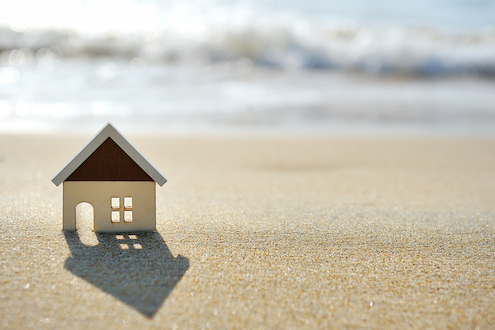
A life estate is where a person has an interest in land or property for that person’s life. There are 2 types of life estates; (1) pur autre vie, which means for the life of another; (2) cestui que vie, the person who lives.
An example of an ordinary life estate, is where Party A who is the registered title owner of a house in Middle Park, grants a life interest to live in that house to Party B, until Party B dies.
To create a life estate by pur autre vie, the interest is created by express gift or by the life of a tenant. So an example of a life estate by pur autre vie; is where Party A owns a house, and gives a life interest to Party B to live in that house until Party A dies.
A life estate is created by an instrument, which is a legal document, such as a Deed or Will. To create a life estate by Will, the legal formalities of Will making must be observed. To create a life estate under old system title, a Deed is required. To create an equitable life estate, it needs to be in writing, unless performance can be proved that an equitable life estate was created.
To Determine whether a life estate has been granted, or only a personal interest, will be based on the construction of the words used to describe the particular interest in the instrument, or demonstrated by the performance of the person in question.
As example; if a Will allows a person to “continue to reside” in the family home, this creates a personal right only. Then if the Will allows the person to have “full use and enjoyment” of the property during their “life time”, or “be used as long as they wish”, creates a life estate.
A life estate is different from a personal right to reside on the land. A right to reside and live on land confers a personal right, since the right must be exercised in person. A right to use and occupy a property, which may be exercised by that person or a tenant, is a life estate.
A life estate is measured by a person’s life, and that party has a right to any income from the property. As example, the life tenant may rent the property and receive the income that is generated.
A legal life tenant is entitled to the possession of the property. However, and equitable life tenant has a more complex situation. If the trustee of an equitable life tenant has an active role in maintaining the property and collecting rents, the life tenant is not entitled to possession unless the instrument which creates the life tenant confers such right on that party. Then if the trustee has no active duties for the property, the life tenant will be entitled to possession. The equitable life tenant may apply to the court to seek possession if required.
A life tenant may attach fixtures to the property, and after that party’s death the personal representatives of the deceased life tenant has a right to remove the same.
The termination of a life estate ceases when the life tenant dies, or in the case of pur autre vie, the measuring life dies.
Life estates are a complex area of law, and the instrument, which is the legal document that creates the life interest, needs to be carefully drafted. So get that legal advice to protect your legal rights and interests.
The comments in the aforementioned do not constitute legal advice and are general in nature, and if legal advice is required please contact: John Melis at Legal AU Pty Ltd (03) 9999 7799
Legal AU Pty Ltd Lawyers are “Liability limited by a Scheme approved under Professional Standards Legislation.”
